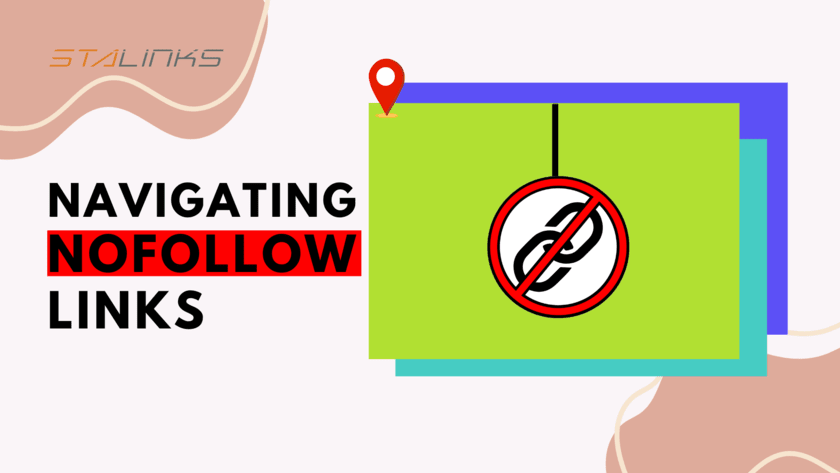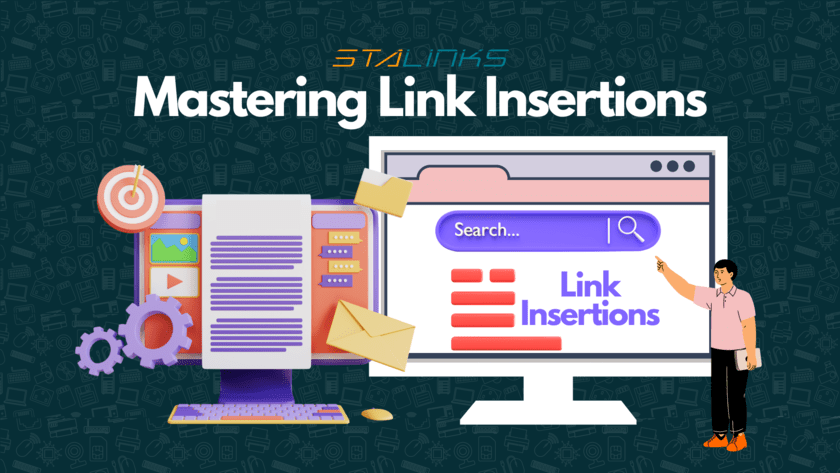Posted on August 31, 2023
The world of search engine optimization (SEO) is in a constant state of flux, with strategies and techniques evolving to match the ever-changing algorithms of search engines. In this dynamic landscape, one skill that remains a cornerstone of successful SEO is the art of link insertions. Link insertion, often referred to as hyperlinking, involves the strategic placement of links within your content to enhance user experience, provide valuable resources, and elevate your website’s SEO rankings. Whether you’re an SEO veteran looking to refine your skills or a newcomer seeking to understand the intricacies of digital marketing, this comprehensive guide will delve into ten invaluable tips to ensure the seamless and effective implementation of link insertion.
Understanding Link Insertions
Before we delve into the practical tips, let’s establish a clear understanding of what link insertions entail. At its essence, link insertions involves the intentional inclusion of hyperlinks within your content. These hyperlinks act as bridges, connecting your content with other relevant and valuable information across the vast expanse of the internet. These connections can be internal, leading to other pages within your website, or external, guiding users to resources beyond your website. The ultimate aim is to create a web of interconnected information that not only enhances the user’s experience but also signals to search engines that your content is both credible and valuable.
Different Types of Links
A critical foundation for effective link insertions is a solid understanding of the various types of links at your disposal:
-
Internal Links:
These are links that point to other pages within your own website. They serve multiple purposes, including guiding users to related content, establishing a clear site structure, and distributing link equity throughout your site.
-
External Links:
External links direct users to other websites outside your domain. When you link to reputable and authoritative sources, you enhance your own credibility and provide additional context for your readers.
-
Backlinks:
Also known as inbound links, these are links that other websites create to point back to your content. Quality backlinks from reputable sites indicate to search engines that your content is valuable and worthy of being shared.
Identifying Linking Opportunities
Discovering the right moments to insert links involves a mix of strategic thinking and user-centric considerations:
-
Relevance:
The linked content should directly complement the topic of the host page, adding depth and context to the reader’s understanding.
-
Value Addition:
Consider the information that the linked page provides. Will it enrich the reader’s experience by offering more insights, supporting evidence, or relevant examples?
-
Link Replacement:
Regularly audit your content for outdated or broken links. Replacing these with fresh, relevant links not only enhances user experience but also signals to search engines that your content is up to date.
Crafting Anchor Texts
Anchor texts are the clickable phrases that house your inserted links. They play a crucial role in guiding readers and search engines to the content you’re linking to:
-
Descriptive Precision:
Craft anchor texts that accurately describe the content of the linked page. This helps readers understand what to expect before clicking.
-
Keyword Inclusion:
Incorporate relevant keywords within the anchor text, but do so naturally. Search engines consider anchor text as a ranking factor, so use keywords in a way that makes sense contextually.
-
Enhancing Clarity:
Avoid vague or generic anchor texts like “click here.” Instead, provide a clear and concise idea of where the link will take the reader.
Strategic Internal Linking
Strategic placement of internal links can greatly improve user experience and SEO:
-
Contextual Integration:
Insert internal links where they naturally fit within the content. This creates a smooth reading experience and encourages readers to explore related topics.
-
Content Hierarchy:
Allocate more internal links to important pages or cornerstone content. This not only guides users toward essential information but also distributes link equity effectively.
-
Guided Exploration:
Internal links can serve as a guide, leading readers on a journey through different aspects of your website that align with their interests and queries.
Building External Links
When it comes to external links, quality and relevance are key:
-
Credibility and Authority:
Link to reputable sources that provide valuable information to your readers. This not only enhances your own content but also showcases your commitment to delivering accurate information.
-
Complementary Resources:
External links should offer supplementary insights or alternative viewpoints that enrich your content. For instance, if you’re writing about a medical topic, linking to authoritative medical journals can provide added credibility.
-
Diversity in Sources:
Include external links from a diverse range of sources. This demonstrates that your content is well-researched and draws information from various reputable perspectives.

Navigating Nofollow Links
In the world of SEO, nofollow links play a crucial role in maintaining a balanced link profile:
-
User-Generated Content:
When users contribute content like comments or forum posts, using nofollow links for any embedded URLs can prevent your site from inadvertently endorsing potentially spammy or harmful content.
-
Sponsored or Paid Links:
If you’re engaging in sponsored content or paid partnerships, it’s a best practice to mark these links as nofollow to adhere to search engine guidelines and maintain transparency.
Link Insertions and User Experience
While SEO is important, user experience should never be compromised:
-
Seamless Integration:
Links should seamlessly blend into the content. They shouldn’t disrupt the reading flow or interrupt the user’s engagement.
-
Mobile Compatibility:
With the majority of internet traffic coming from mobile devices, ensure that your links are easily clickable and provide a positive experience on smaller screens.
Avoiding Over-Optimization
Striking the right balance between optimization and natural content flow is paramount:
-
Integration in Context:
Every link should make contextual sense within the content. Placing too many links in a small section can come across as unnatural and disrupt the reader’s experience.
-
Keyword Density Moderation:
While keywords are important for SEO, excessive use within anchor texts can lead to over-optimization. Maintain a natural balance that aligns with the overall readability of your content.
Monitoring and Analyzing Link Performance
Continuously assessing the impact of your link insertions is essential for ongoing optimization:
-
Analytics Tools:
Leverage tools like Google Analytics to track the performance of your inserted links. Understand which links are attracting clicks and driving engagement.
-
Conversion Tracking:
Evaluate how these links contribute to your conversion goals. Whether it’s signing up for a newsletter or making a purchase, understanding link influence can guide your content strategy.
Conclusion
Mastering the skill of link insertions are allied to sculpting a masterpiece in the realm of SEO. By comprehending the nuances of different link types, thoughtfully placing them throughout your content, and ensuring a seamless user experience, you can enhance your website’s credibility, deeply engage your audience, and elevate your rankings in search engine results. Remember, link insertions are not merely a means to impress search engines; they are a vehicle for delivering value to your readers as they navigate the vast landscape of digital information.
As you embark on your journey to become true link insertions virtuoso, remember that the harmony between informative links and a smooth reading experience is the key to success. These carefully curated tips are your compass, guiding you through the ever-evolving universe of SEO.

